An eight-bedroom, 17,000sq ft Italianate mansion for sale at just £400,000 — and yes, there is a catch...
Blackborough House was built by an Earl with grand ideas, but a century and a half of misfortune and neglect have exacted a heavy toll — and now a brave new owner is needed to restore the place to glory.
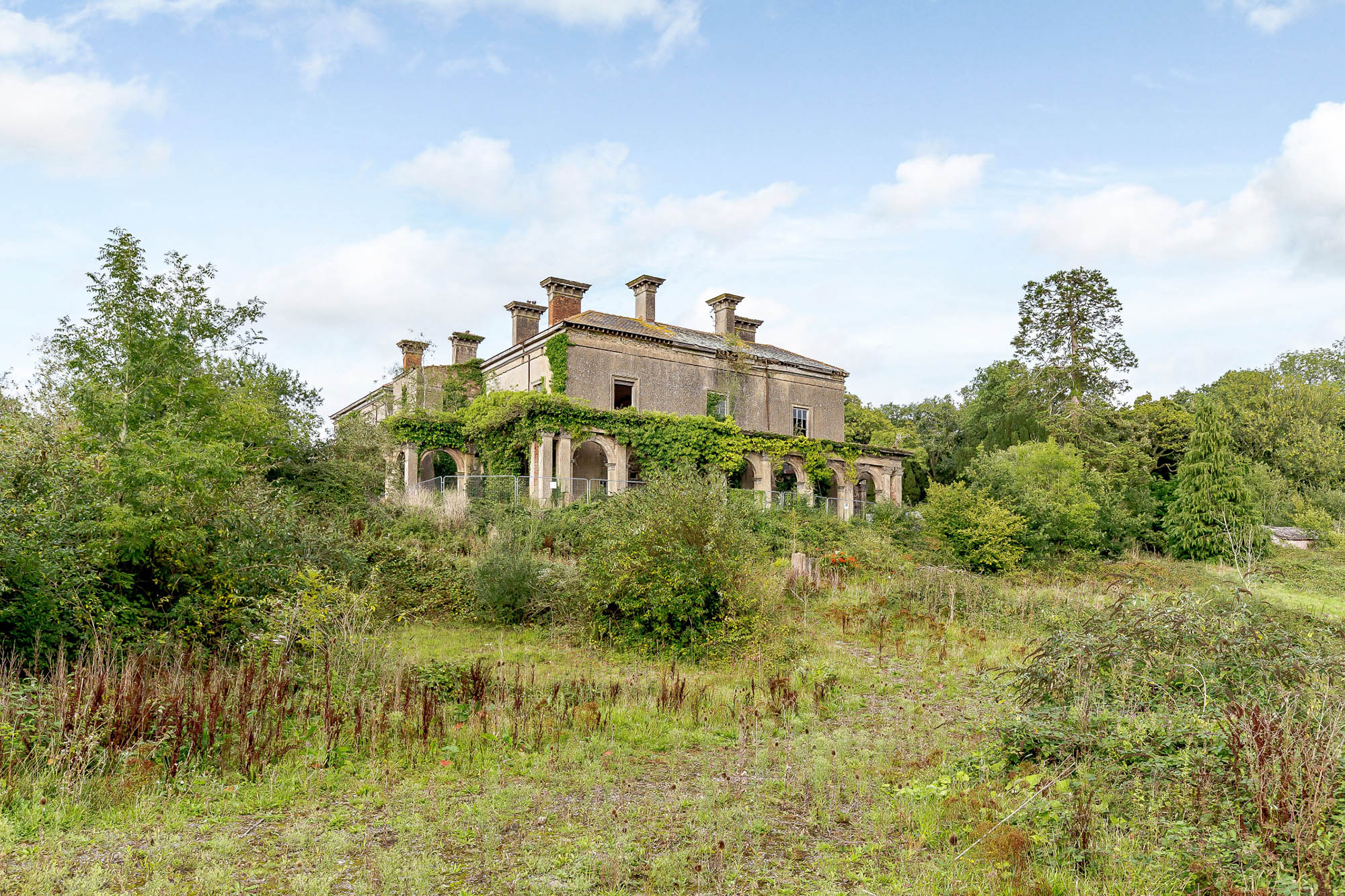
Just in case the £400,00 guide price allied to the size (eight bedrooms, 17,000sq ft) isn’t enough of a warning in itself, we’re going to start this piece with a warning. Anyone who buys this house — the superb Blackborough, near Cullompton in Devon — is either going to need exceptionally deep pockets, or else be ready to get their hands very dirty. And probably both.
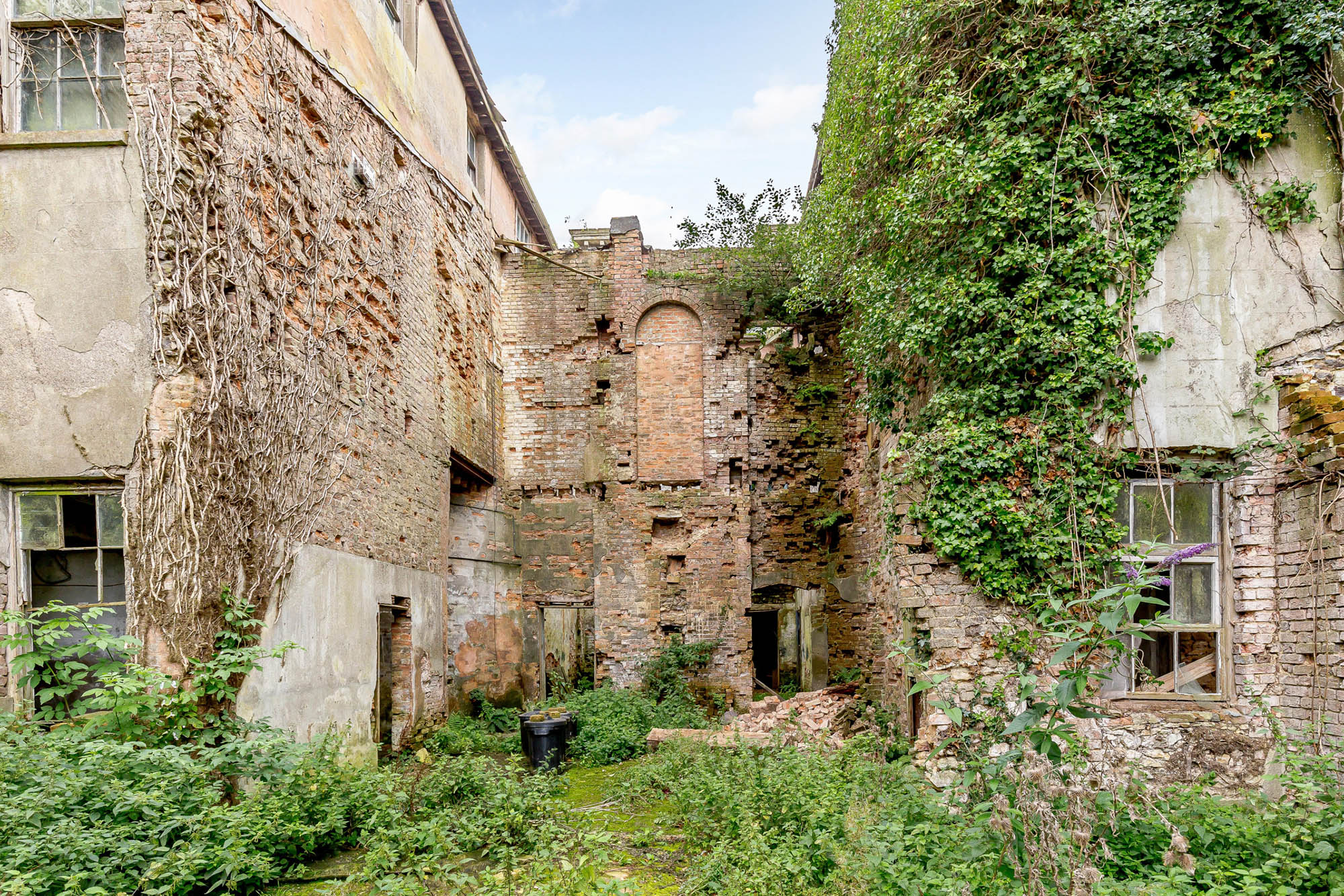
If the place were any more wrecked than it already is, then the likelihood is that it would be fit for little more than making safe and preserving as a curiosity — a fate which even organisations such as English Heritage often decide is the only possibility. Indeed, the English Heritage Trust’s chairman, Sir Tim Laurence, recently wrote a piece for Country Life explaining the problem exactly, admitting that such problems are well known for ‘causing headaches, insomnia and occasional bouts of teeth-grinding.’
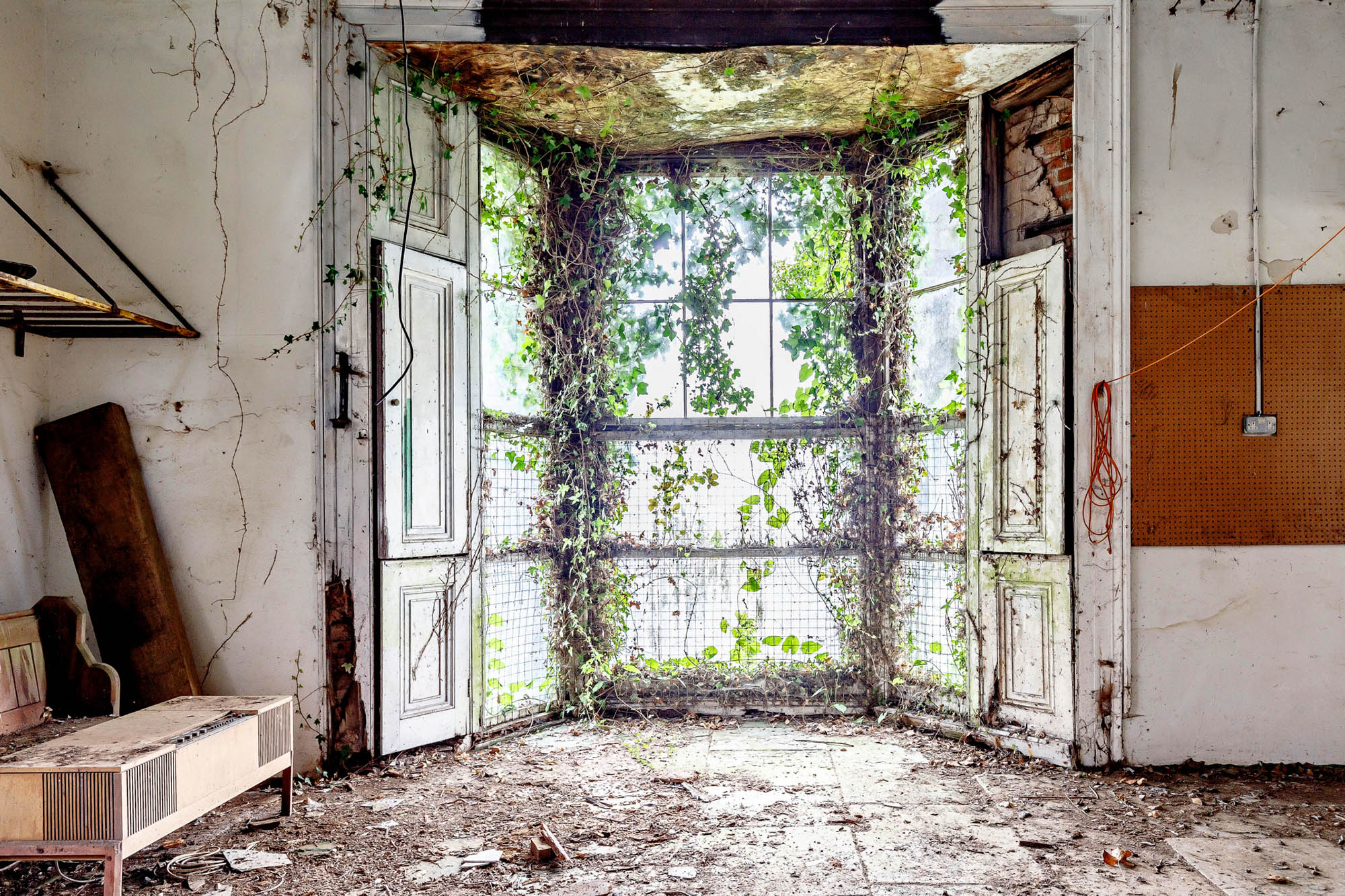
Thankfully, Blackborough hasn’t yet reached the stage of having lost its roof entirely — something which could have been its death knell, due to the prohibitive costs of replacement — and instead it offers, for the brave, a quite amazing opportunity.
There are, nominally at least, six reception rooms, eight bedrooms and three bathrooms in a house that dates to 1838, and which was built by George Francis Wyndham, fourth Earl of Egremont. The architect was James T. Knowles, an exponent of the Italianate style, who was used by Wyndham both here and at Silverton Park.
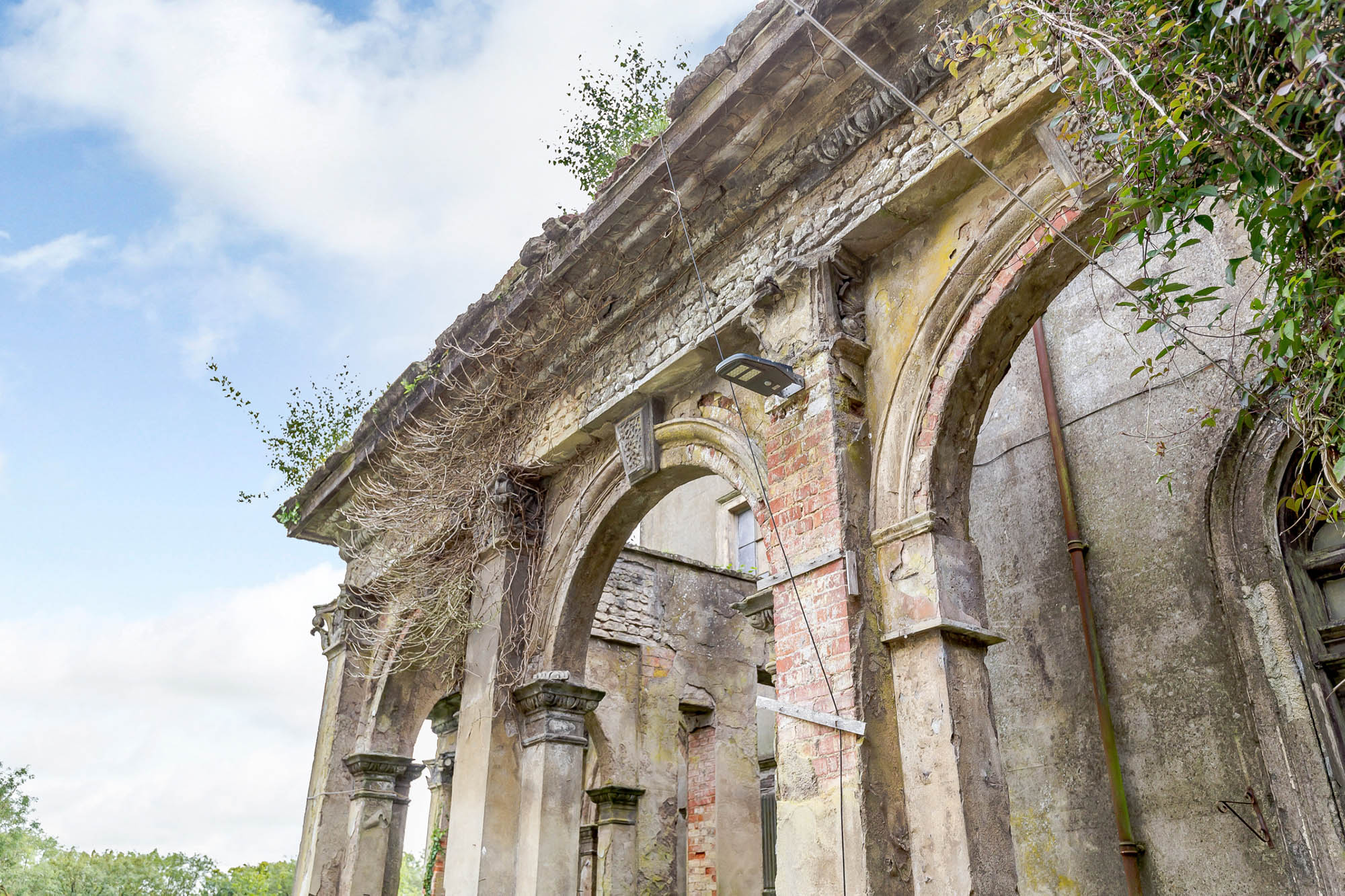
The latter was the Earl’s attempt to create in Devon a rival to his family seat at Petworth: while George Francis Wyndham inherited his uncle’s title, the third Earl left the great West Sussex house to his illegitimate son — confusingly, also called George Wyndham— who became Baron Leconfield.
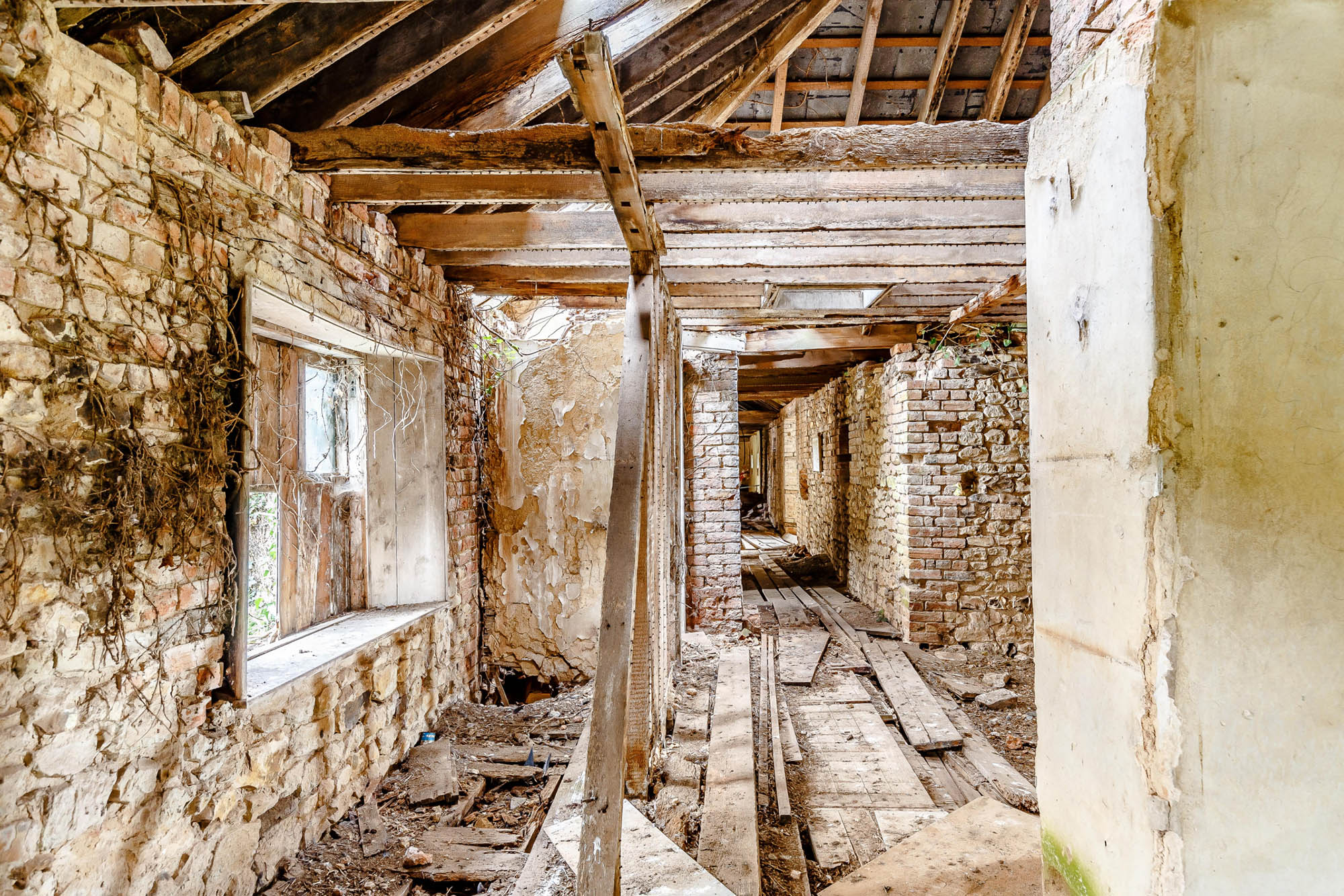
Silverton was never finished, what was built was widely criticised, and after its owner’s death without heirs it was eventually demolished in 1901. While Blackborough avoided that fate, it has suffered ignominy. For a while it was the local rectory, going on to become a school, a home for vagrants during the Depression, a Quaker centre and a youth hostel.
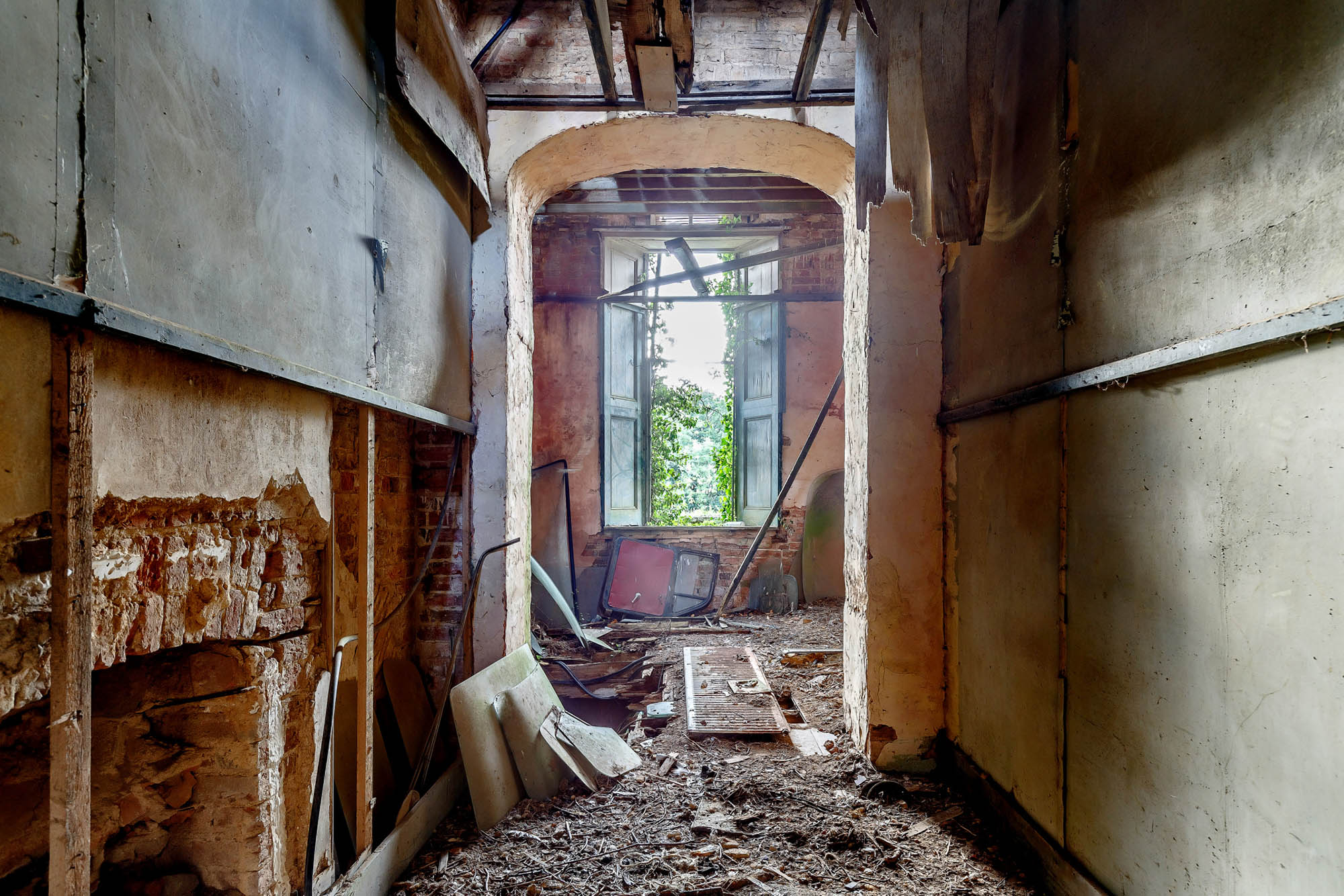
Eventually — and almost unbelievably — at the start of the 1950s it became a scrapyard. Stories abound of rusting cars being parked in the gardens and hallways of a building which must once have been a grand and beautiful place.
Sign up for the Country Life Newsletter
Exquisite houses, the beauty of Nature, and how to get the most from your life, straight to your inbox.
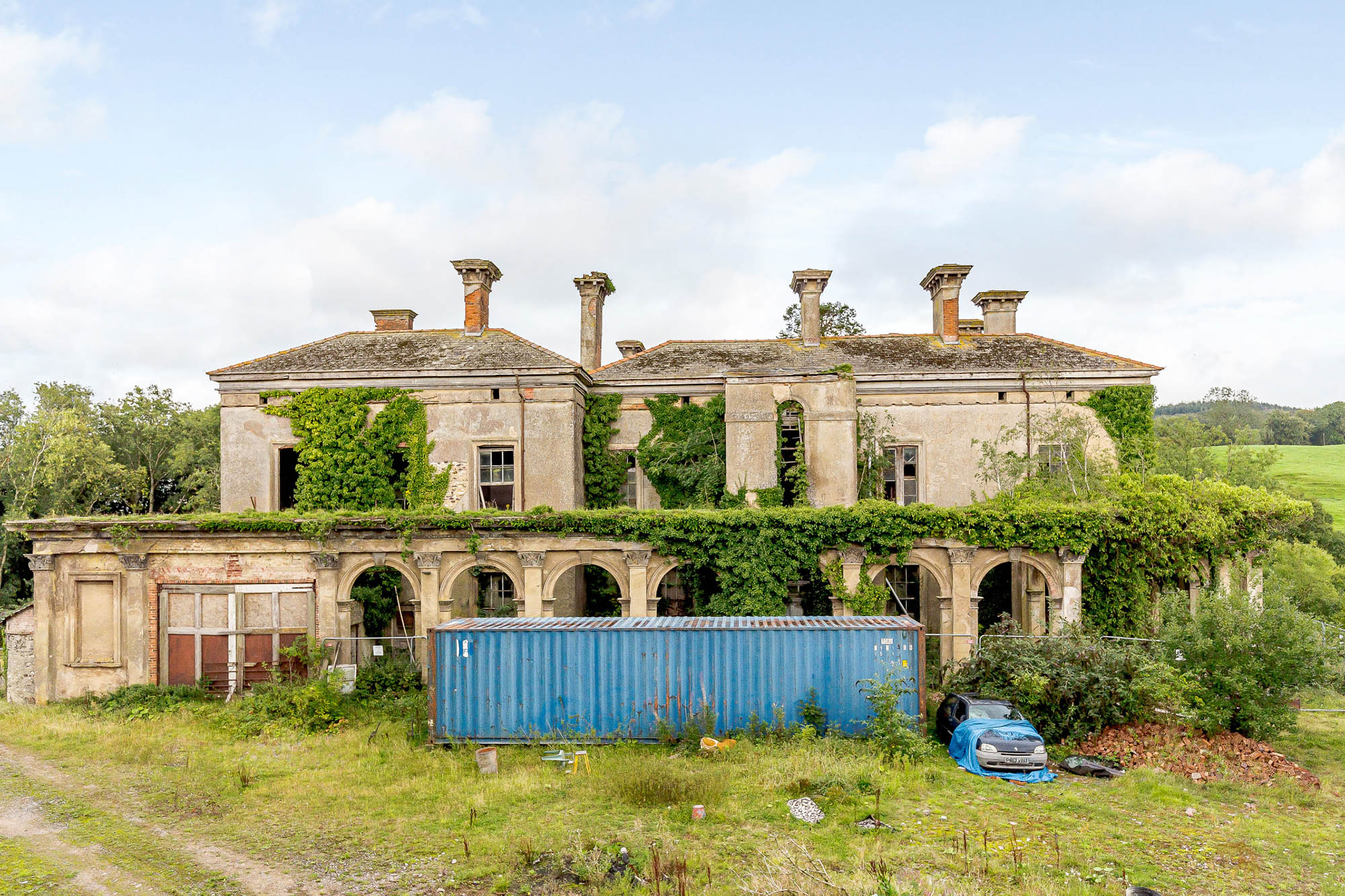
That evident potential has attracted a number of buyers and false starts (including an application to turn it into a hotel) in recent years, but Blackborough is once again looking for someone who’s prepared to help it live up to its potential.
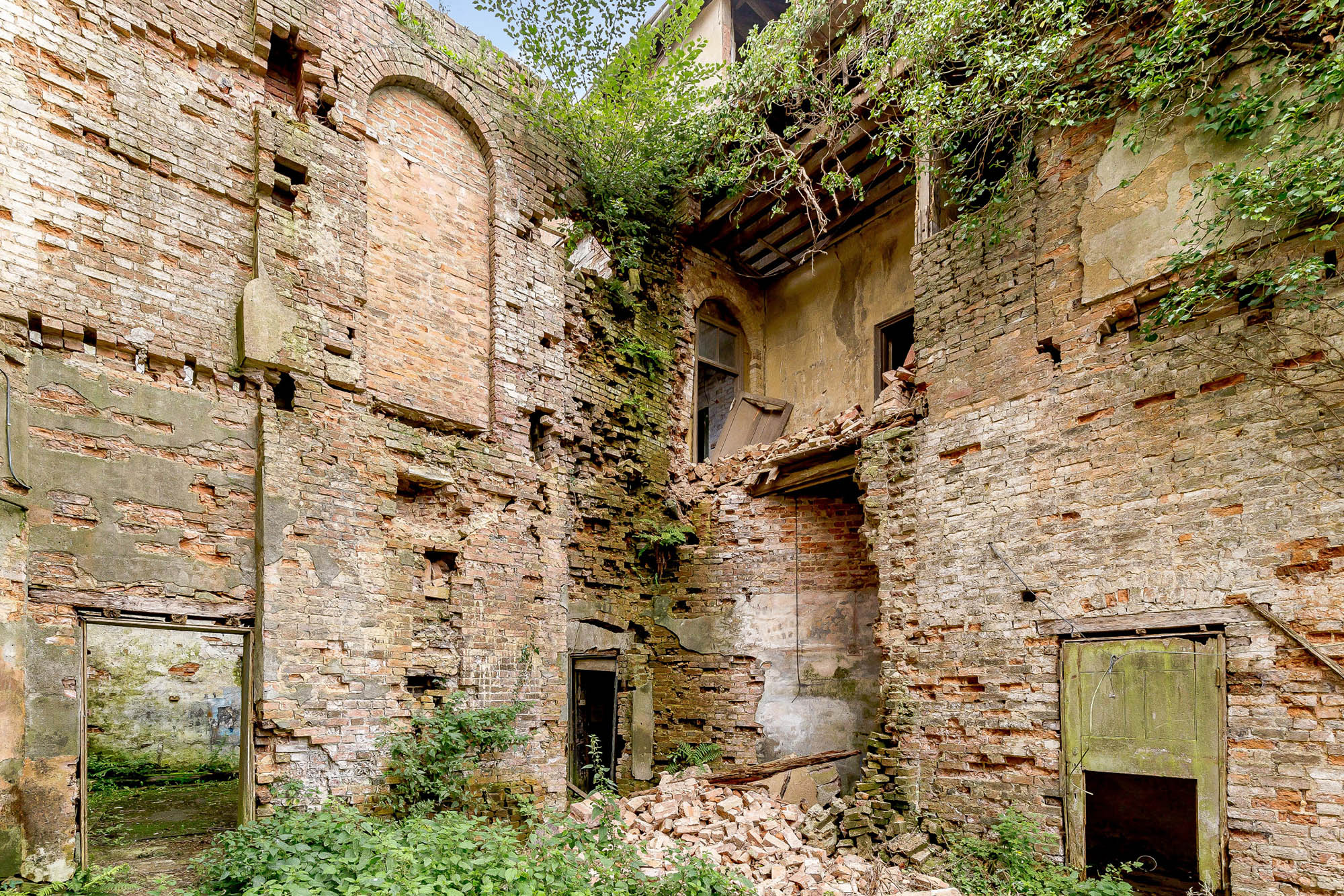
Agents Strutt & Parker describe the place as offering ‘an exciting opportunity to be restored into one of Devon’s finest architectural gems’ — and it’s clear to see that while there is a huge amount of work to be done, this could be a quite incredible house one day.

The agents quote a guide price of £400,000, with best and final offers solicited by the end of September. We await with interest what becomes of this fascinating building.
Blackborough is for sale via Strutt & Parker — see more pictures and details.

Credit: Strutt and Parker
Best country houses for sale this week
An irresistible West Country cottage and a magnificent Cumbrian country house make our pick of the finest country houses for
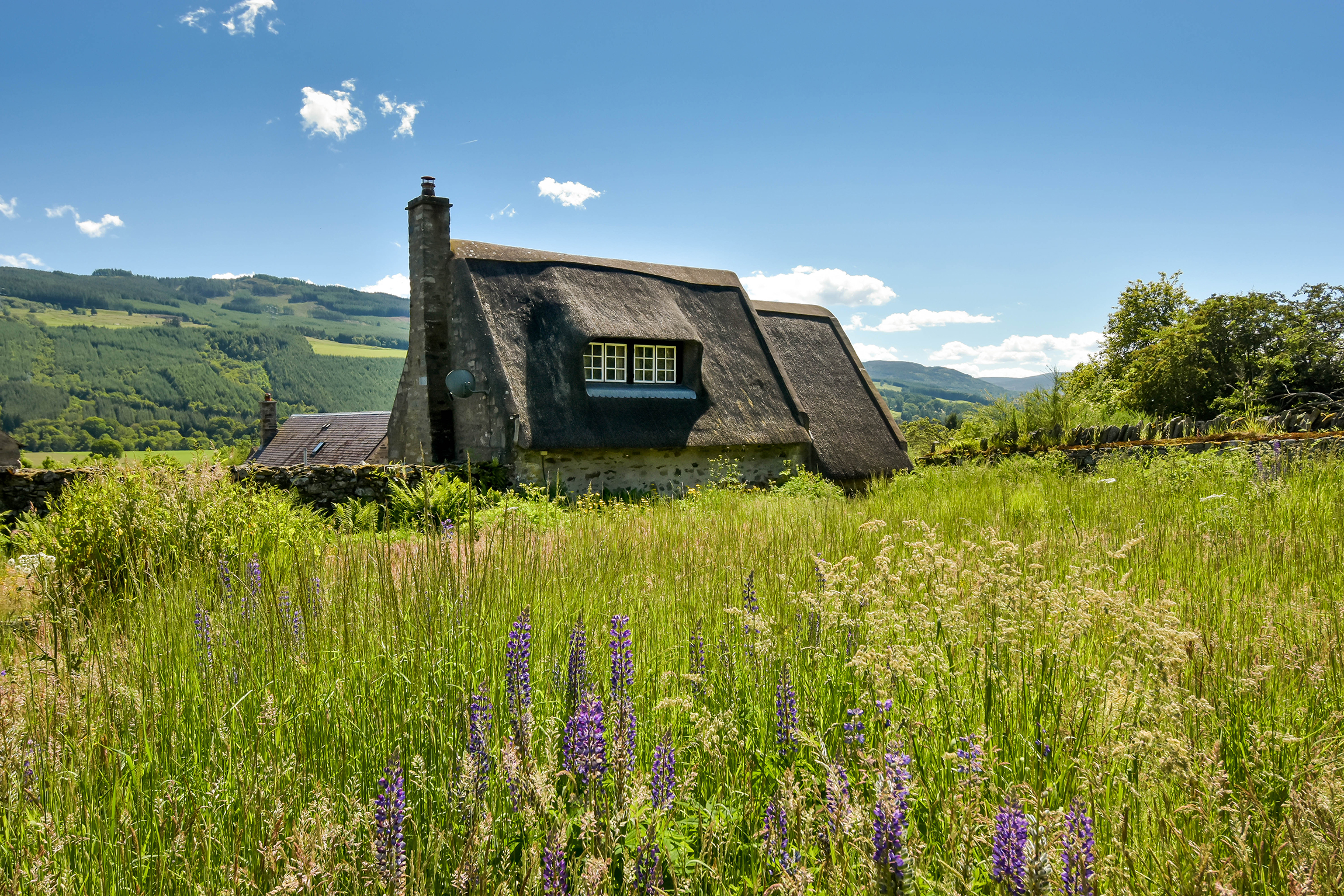
Feeling brave? Six beautiful fixer-uppers with extraordinary potential
A serious amount of work will be needed on any of these places – but it'll all be worth it in
Toby Keel is Country Life's Digital Director, and has been running the website and social media channels since 2016. A former sports journalist, he writes about property, cars, lifestyle, travel, nature.
-
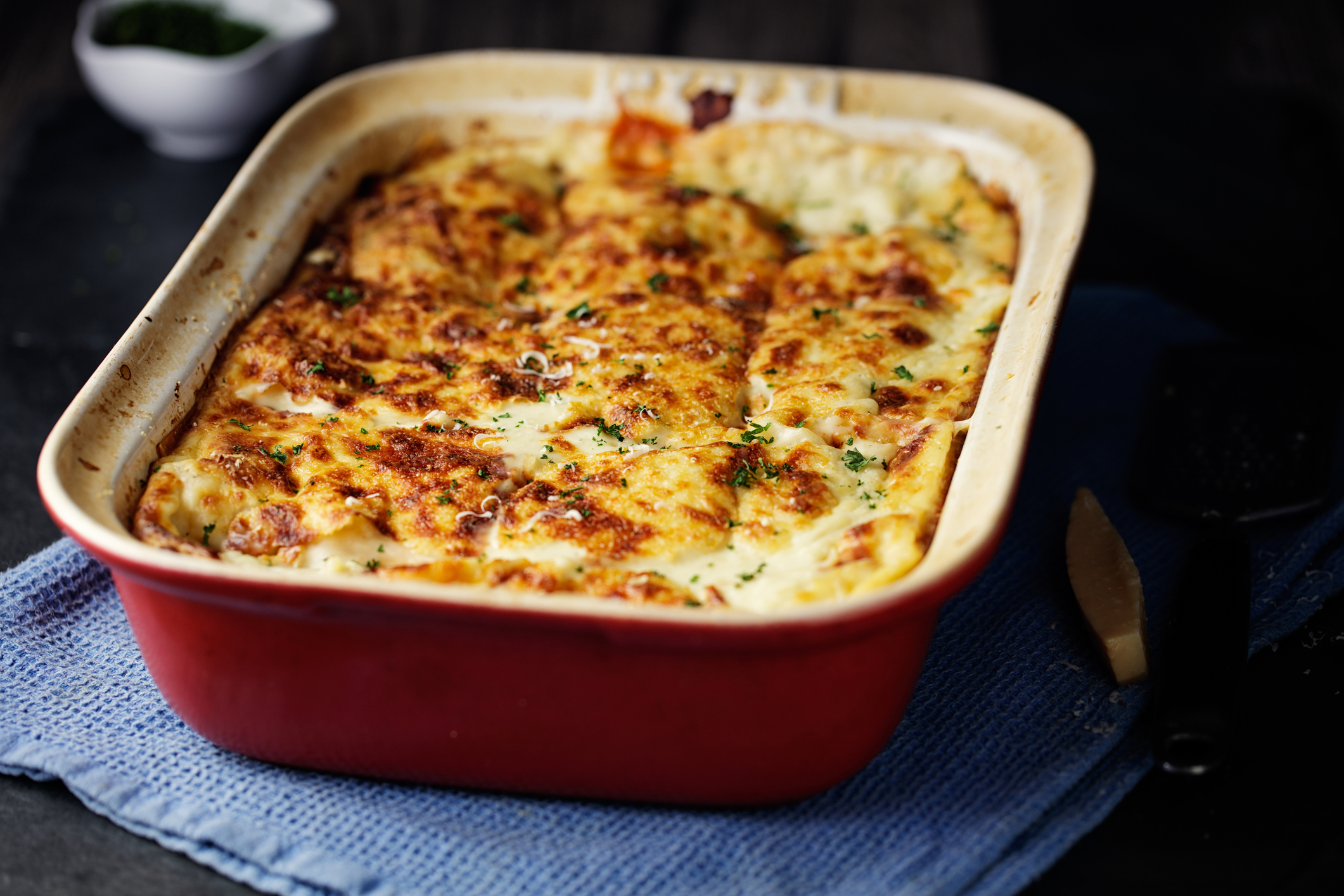 'Monolithic, multi-layered and quite, quite magnificent. This was love at first bite': Tom Parker Bowles on his lifelong love affair with lasagne
'Monolithic, multi-layered and quite, quite magnificent. This was love at first bite': Tom Parker Bowles on his lifelong love affair with lasagneAn upwardly mobile spaghetti Bolognese, lasagne al forno, with oozing béchamel and layered meaty magnificence, is a bona fide comfort classic, declares Tom Parker Bowles.
By Tom Parker Bowles Published
-
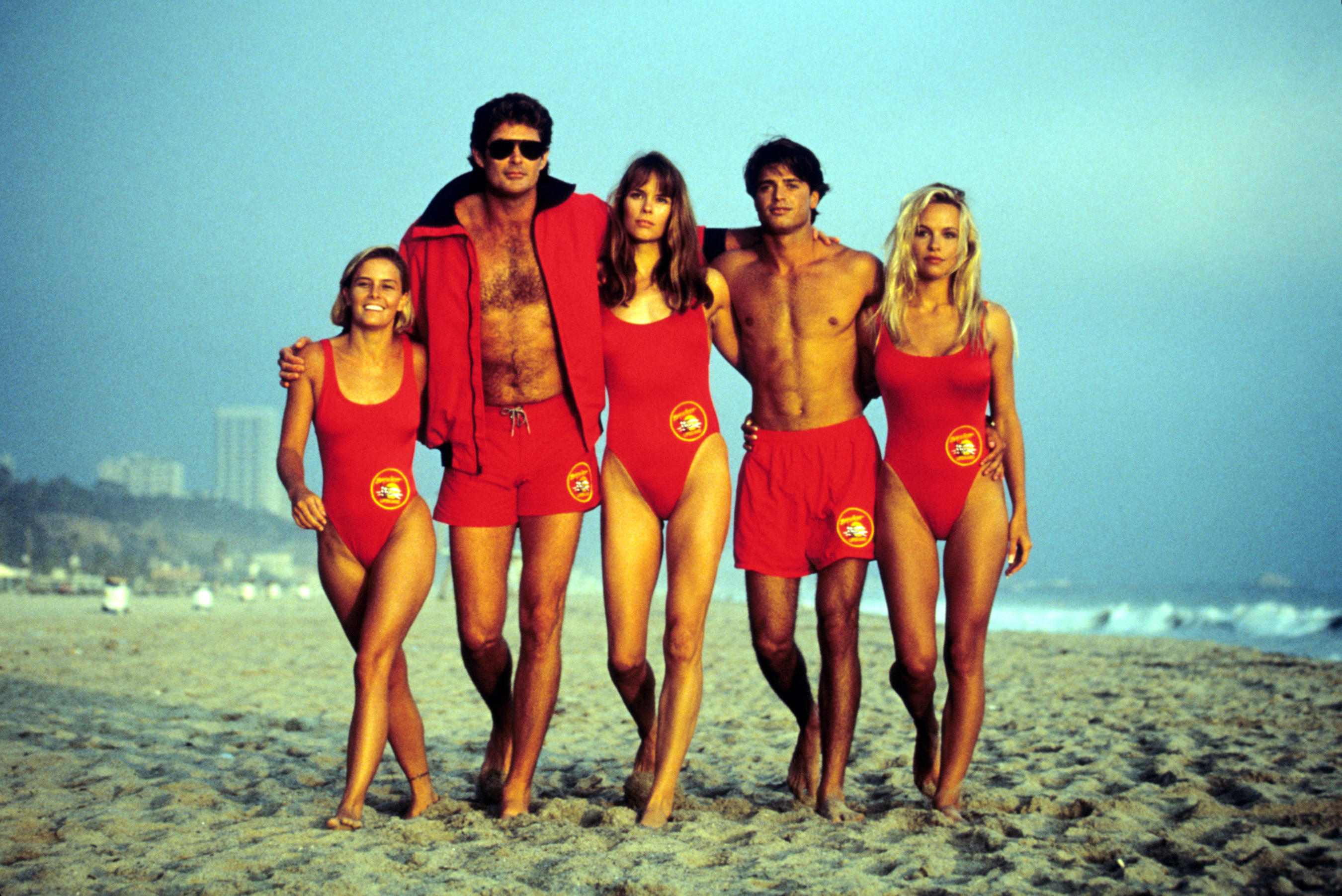 Country houses, cream teas and Baywatch: Country Life Quiz of the Day, April 24, 2025
Country houses, cream teas and Baywatch: Country Life Quiz of the Day, April 24, 2025Thursday's Quiz of the Day asks exactly how popular Baywatch became.
By Toby Keel Published
-
 A day walking up and down the UK's most expensive street
A day walking up and down the UK's most expensive streetWinnington Road in Hampstead has an average house price of £11.9 million. But what's it really like? Lotte Brundle went to find out.
By Lotte Brundle Last updated
-
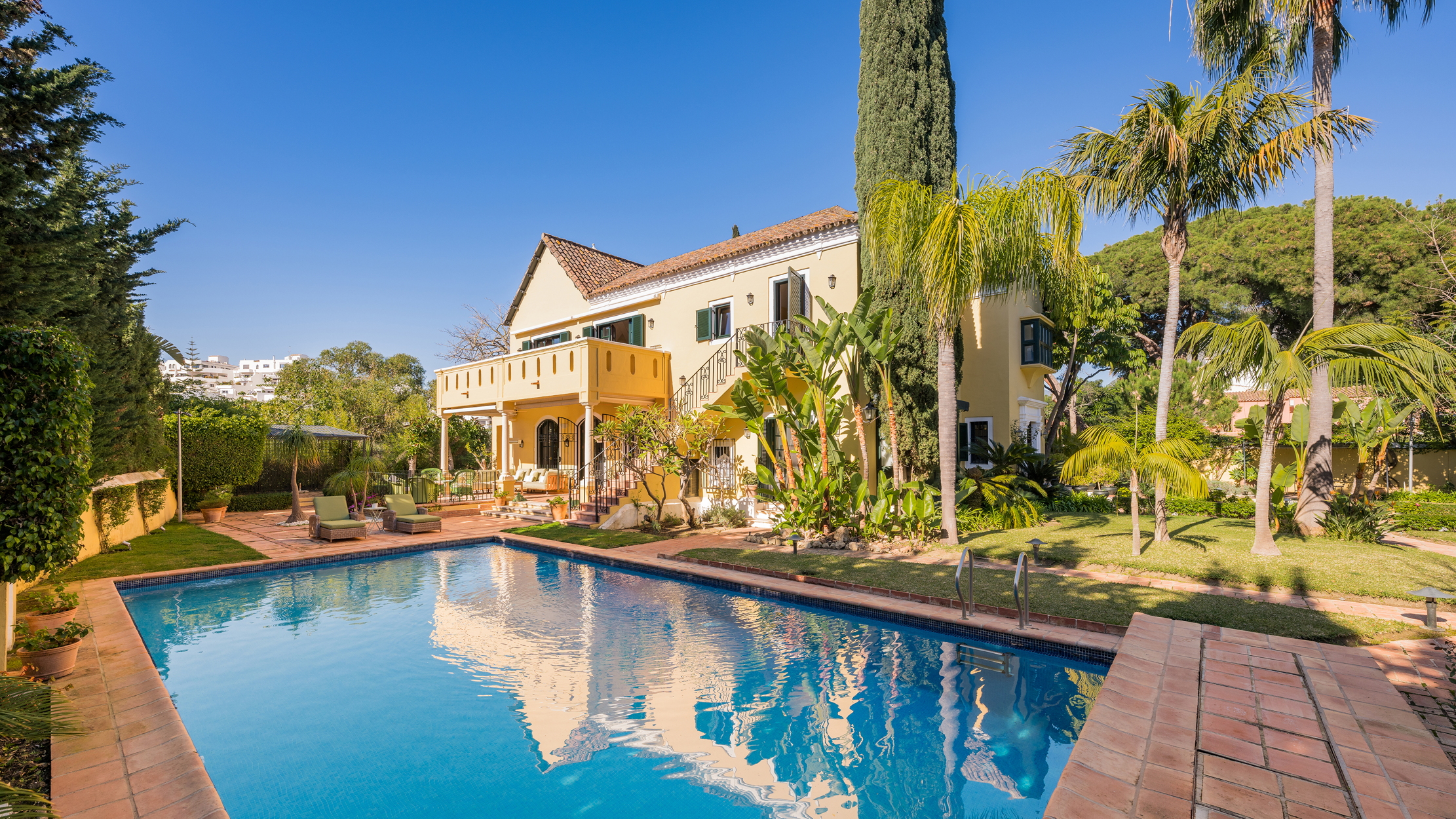 Damon Hill's former home in Marbella is the perfect place to slow down
Damon Hill's former home in Marbella is the perfect place to slow downThe glorious Andalusian-style villa is found within the Lomas de Marbella Club and just a short walk from the beach.
By James Fisher Published
-
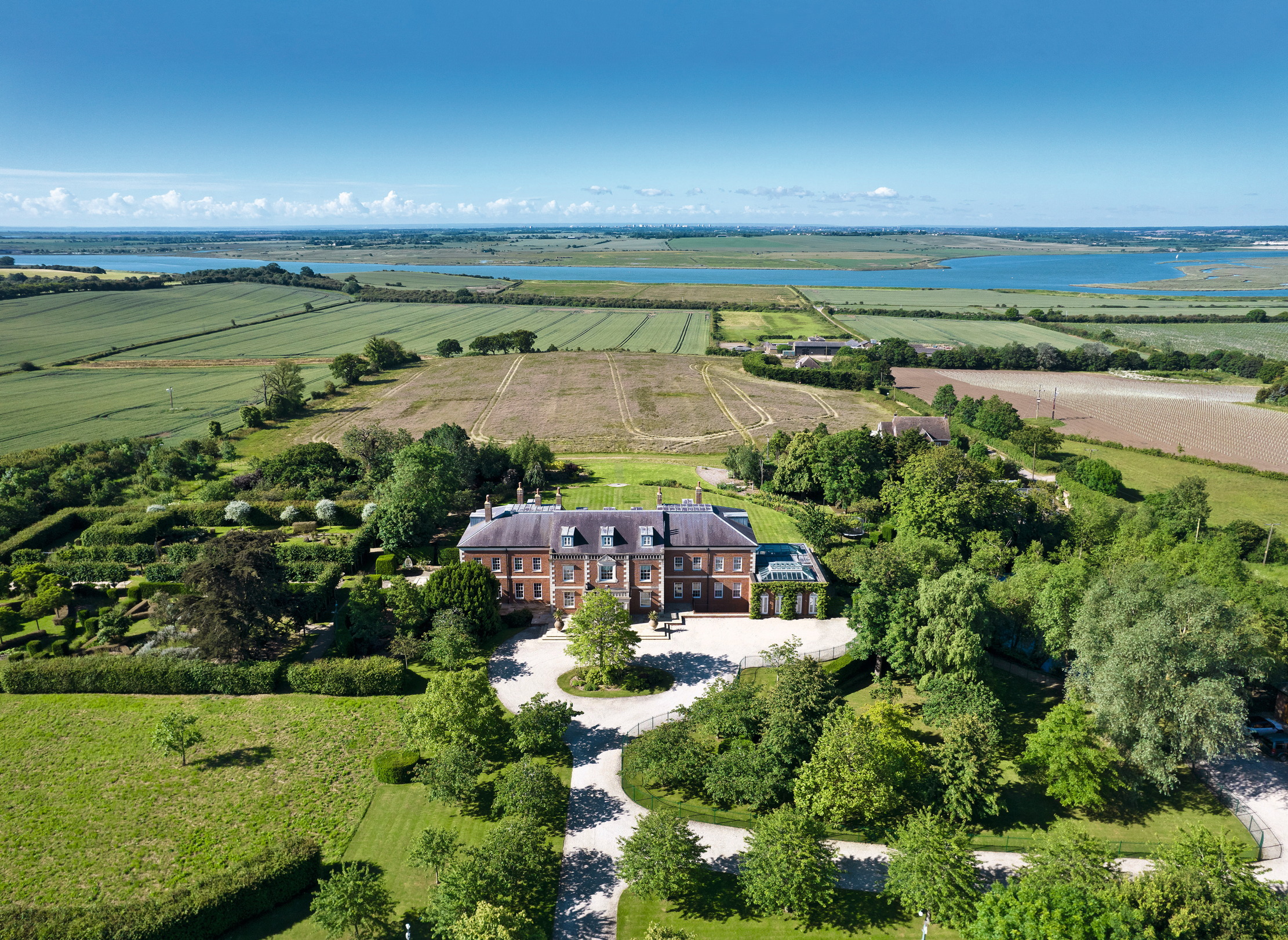 A 327-acre estate in the heart of 'England’s Côte d’Or', with a 26,000sq ft Georgian style home at its heart
A 327-acre estate in the heart of 'England’s Côte d’Or', with a 26,000sq ft Georgian style home at its heartStokes Hall in the Crouch Valley is an inspiring property looking for a new owner.
By Penny Churchill Published
-
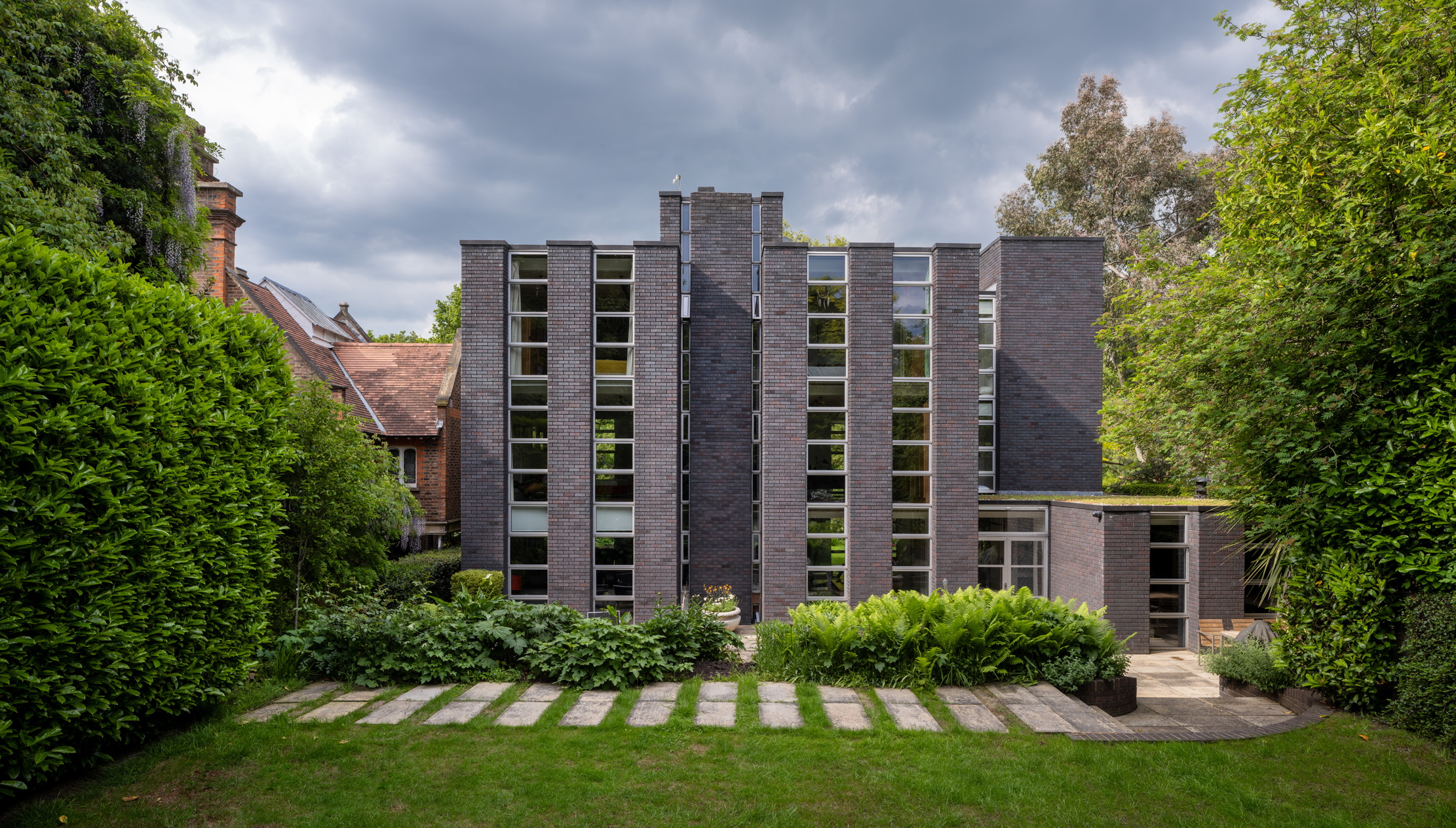 Schreiber House, 'the most significant London townhouse of the second half of the 20th century', is up for sale
Schreiber House, 'the most significant London townhouse of the second half of the 20th century', is up for saleThe five-bedroom Modernist masterpiece sits on the edge of Hampstead Heath.
By Lotte Brundle Published
-
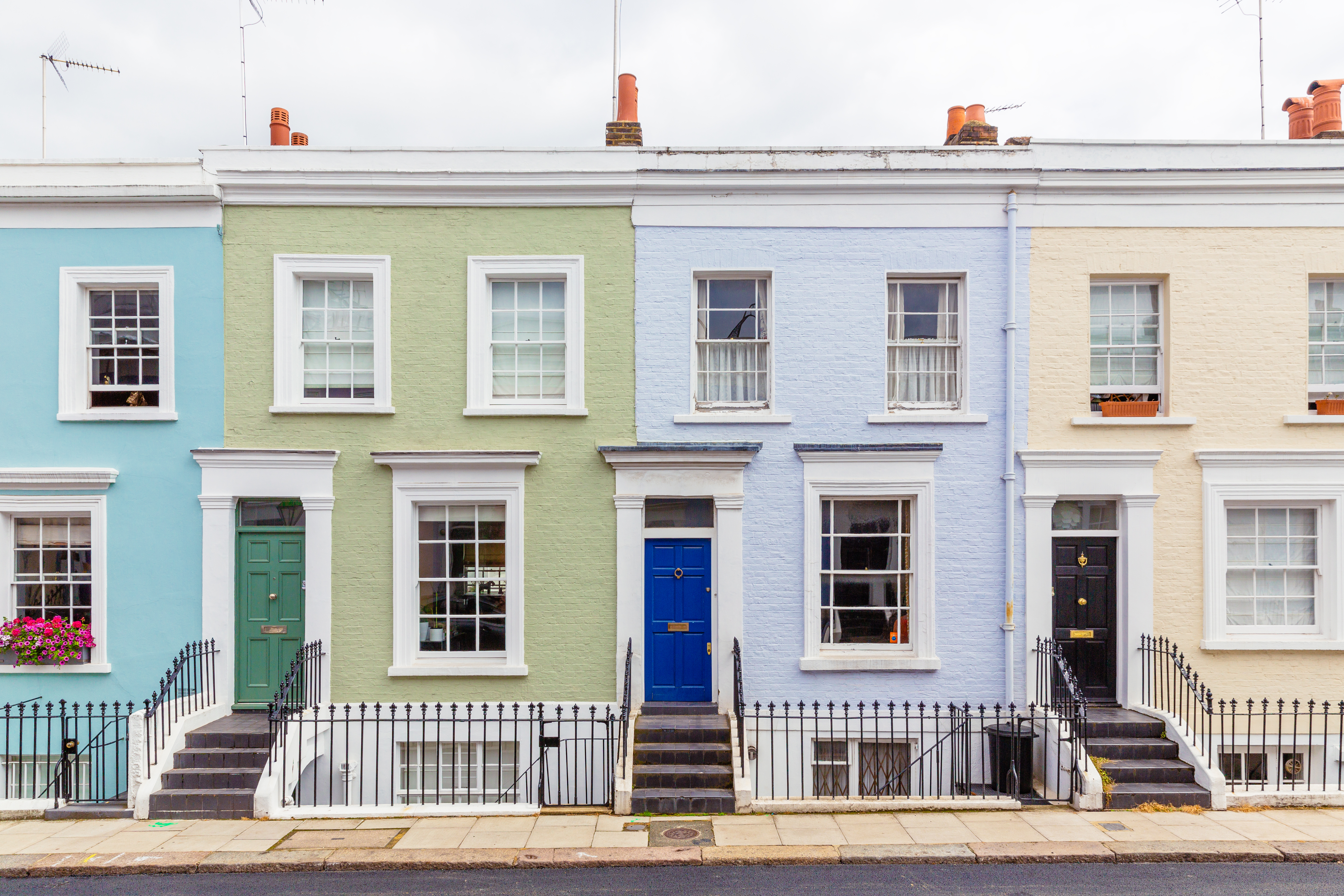 Is the 'race for space' officially over?
Is the 'race for space' officially over?During the lockdowns, many thought the countryside was the place to be. It seems many are now changing their minds.
By Annabel Dixon Last updated
-
 What's a 'wellness village' and will it tempt you back into the office?
What's a 'wellness village' and will it tempt you back into the office?The team behind London's first mixed-use ‘wellness village’ says it has the magic formula for tempting workers back into offices.
By Annunciata Elwes Published
-
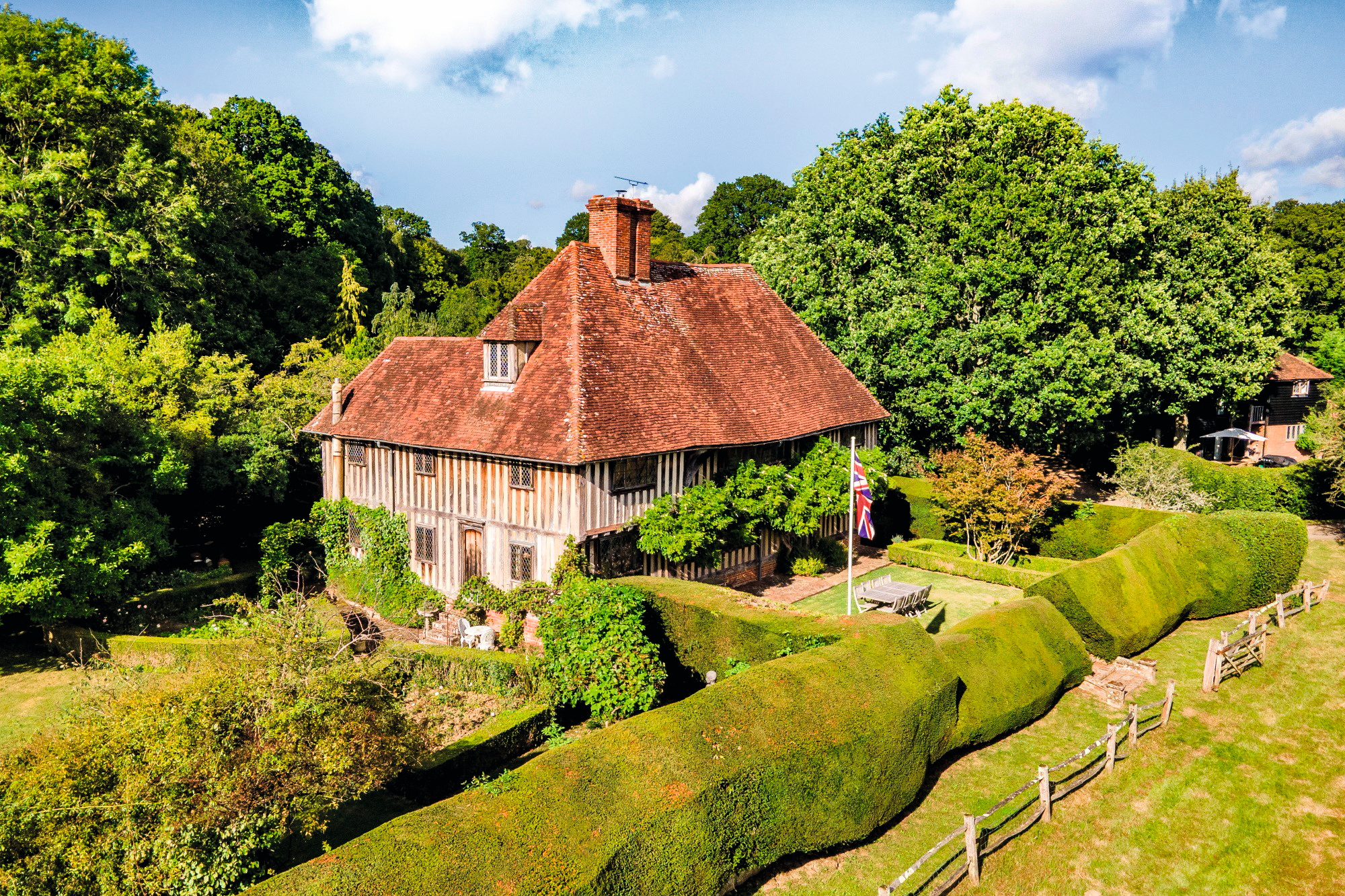 A mini estate in Kent that's so lovely it once featured in Simon Schama's 'History of Britain'
A mini estate in Kent that's so lovely it once featured in Simon Schama's 'History of Britain'The Paper Mill estate is a picture-postcard in the Garden of England.
By Penny Churchill Published
-
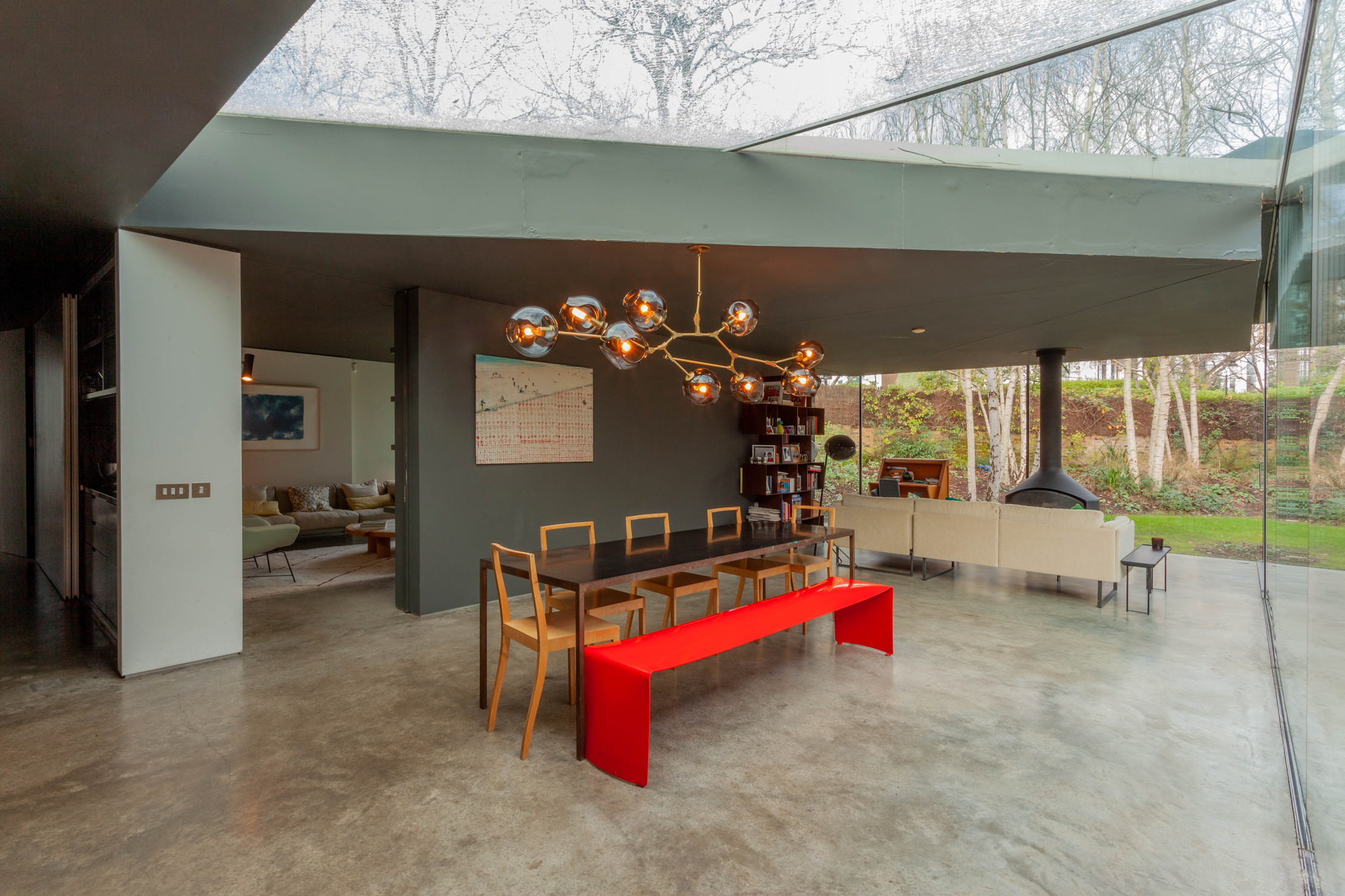 Hidden excellence in a £7.5 million north London home
Hidden excellence in a £7.5 million north London homeBehind the traditional façades of Provost Road, you will find something very special.
By James Fisher Published

